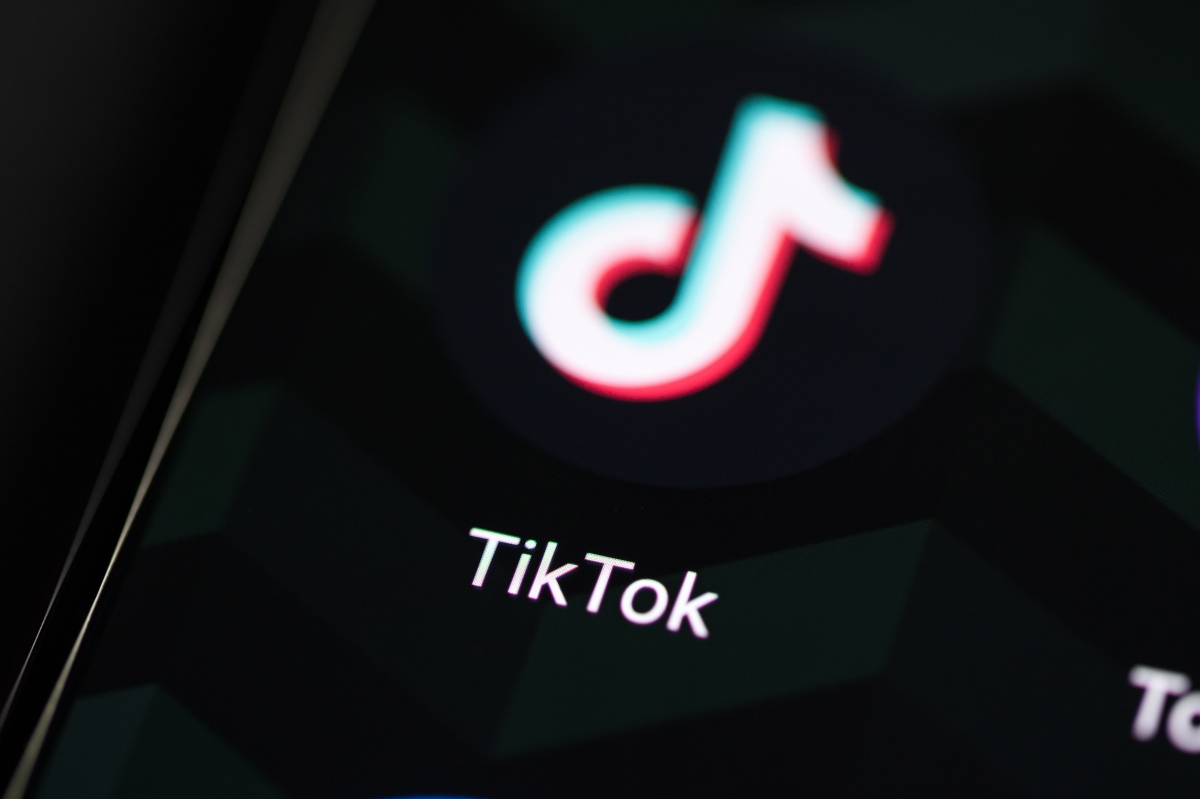Nvidia unveils Project DIGITS: A portable supercomputer for AI innovation
By kevinhughes // 2025-01-15
Tweet
Share
Copy

- Nvidia introduced Project DIGITS, a mini PC with supercomputing power, designed for developers, researchers, students and data scientists. Priced at $3,000 and launching in May, it aims to democratize access to advanced AI development tools.
- Powered by the GB10 Grace Blackwell Superchip, Project DIGITS integrates a Blackwell GPU and Grace CPU, offering 1 petaFLOP of computing power, 128GB of memory and 4TB of SSD storage – making it 1,000 times more powerful than an average laptop.
- The device can run large language models (LLMs) with up to 200 billion parameters locally, enabling faster experimentation and refinement of AI models without reliance on cloud infrastructure.
- Historically limited to large institutions, supercomputing is now accessible to individuals at a competitive price, empowering a broader audience to innovate in AI, robotics and autonomous systems.
- Alongside Project Digits, Nvidia showcased advancements like the GeForce RTX 50 series and AI-powered gaming characters, highlighting its commitment to advancing AI and gaming technologies across industries.
Empowering AI development
One of the most exciting applications of Project Digits is its ability to run large language models (LLMs), the backbone of generative AI tools like ChatGPT. The device can handle models with up to 200 billion parameters, and connecting two units extends this capability to 405 billion parameters. For context, GPT-3.5, which powered the initial version of ChatGPT, used approximately 175 billion parameters. This capability opens new doors for AI researchers, allowing them to develop and refine models locally rather than relying on cloud infrastructure. "Placing an AI supercomputer on the desks of every data scientist, AI researcher and student empowers them to engage and shape the age of AI," said Nvidia CEO Jensen Huang during the unveiling. Historically, supercomputing has been the domain of large institutions and corporations due to its high cost and massive infrastructure requirements. Project Digits marks a significant shift, bringing supercomputing power to individual users at a fraction of the cost. At $3,000, the device is priced competitively with high-end laptops, making it accessible to a broader audience. While the final design of Project Digits remains under wraps, Nvidia has confirmed that it will be compact enough to fit on a desk or in a bag. The company is currently accepting registrations of interest, with a planned launch in May. Nvidia's announcement comes amid a surge in demand for AI-capable hardware. The company also showcased its new GeForce RTX 50 series, based on the Blackwell architecture, which promises to enhance gaming and AI capabilities for consumer PCs. Additionally, Nvidia introduced AI-powered gaming characters that can perceive, plan and act like human players. The unveiling of Project Digits underscores Nvidia's commitment to advancing AI technology. By making supercomputing power portable and affordable, the company is poised to accelerate innovation across industries, from robotics and autonomous vehicles to healthcare and education. (Related: AI, AI and even more AI: Nvidia announces projects and products lined up for 2025.) Nvidia's Project Digits represents a monumental leap in computing, offering unprecedented power in a compact, accessible form. As AI continues to reshape industries, tools like this will play a crucial role in driving progress. While questions remain about its final design and real-world performance, the potential of Project DIGITS to democratize supercomputing is undeniable. Follow Computing.news for more news about supercomputers. Watch the video below about Mike Adams' commentary regarding NVIDIA, AI and LLM outlook for 2025. This video is from the Health Ranger Report channel on Brighteon.com.More related stories:
Apple to compete with NVIDIA, develop AI server chip named "Baltra." Google: Quantum computer might be tapping into parallel universes. Nvidia unleashes super computer AI robots that will “learn” how to navigate and control the physical world. Sources include: LiveScience.com EconomicTimes.IndiaTimes.com VICE.com Brighteon.comTweet
Share
Copy
Tagged Under:
glitch robots AI robotics laptops information technology computing supercomputers supercomputing ChatGPT flops LLMs Project DIGITS GB10 Grace Blackwell Superchip desktop PCs GeForce RTX 50
You Might Also Like
AI revolution takes center stage as DeepSeek-R1 model demonstrates advanced reasoning capabilities
By Finn Heartley // Share
Skepticism surrounds claims that AI can cure cancer amid $500 billion tech initiative
By Willow Tohi // Share
By Lance D Johnson // Share
TikTok resumes U.S. operations after Trump intervenes
By Belle Carter // Share
AI will DISRUPT every sector of life, head of Abu Dhabi’s $330B sovereign fund warns
By Ramon Tomey // Share
Recent News










